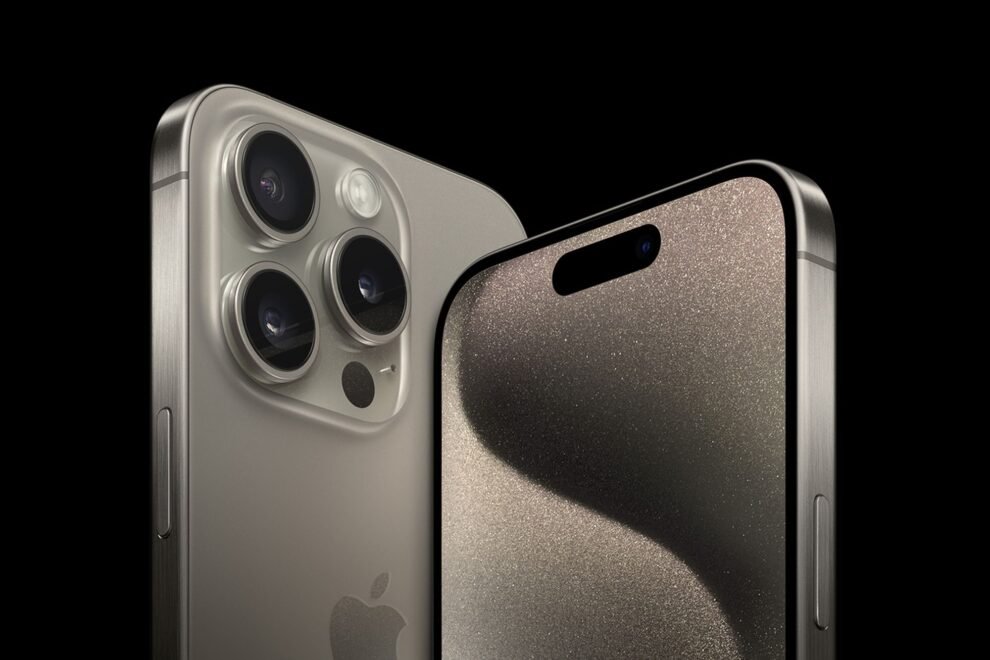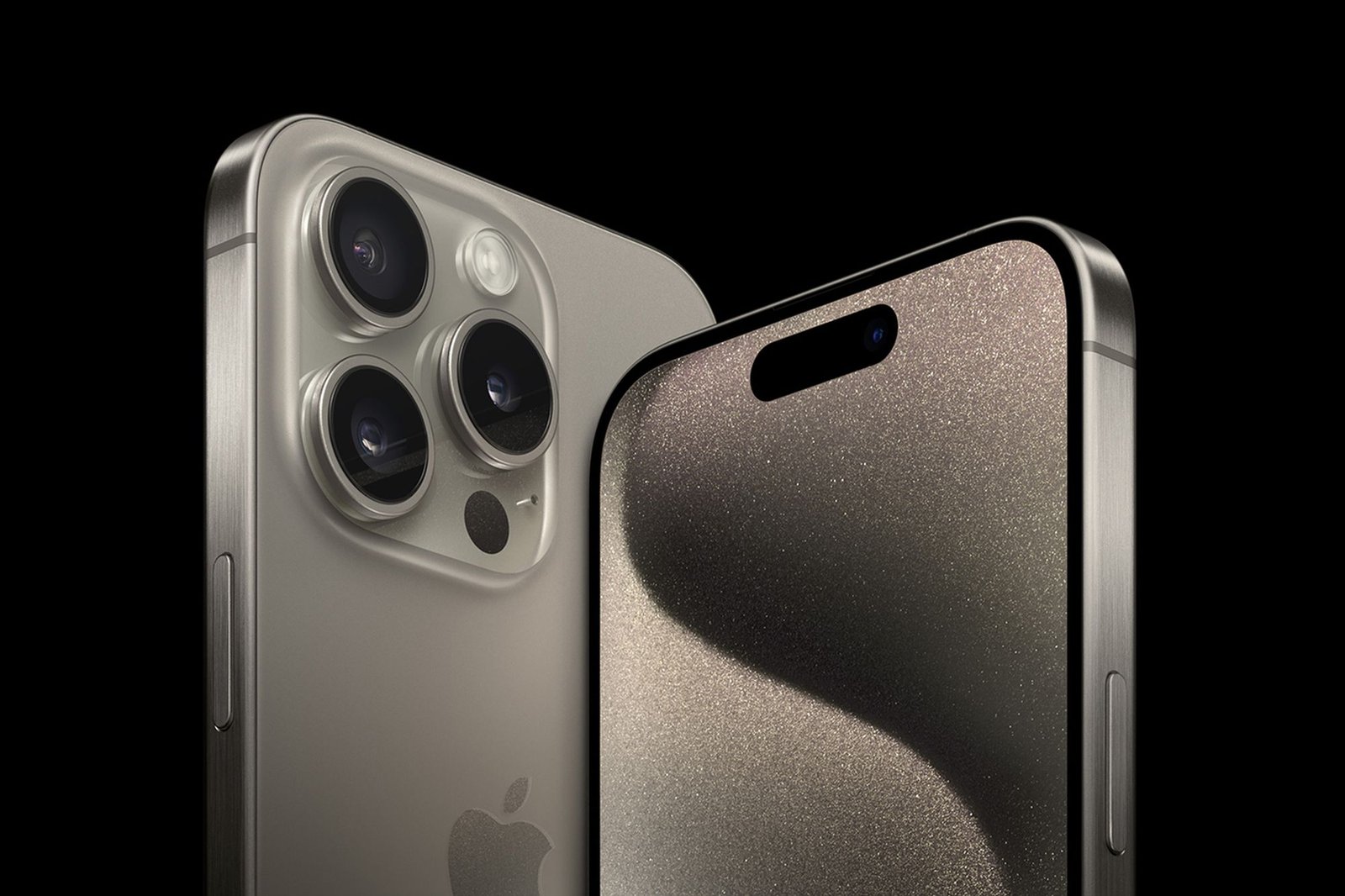In a notable shift from a long-standing home remedy, Apple has recently issued a warning to iPhone users, advising against the use of rice to dry out wet devices. This guidance marks a significant departure from the commonly held belief that placing a wet phone in a container of rice can effectively draw out moisture.
Key Highlights:
- Apple’s official guidance cautions against the rice method, pointing out the potential for rice particles to harm the device.
- The suggested approach for dealing with a wet iPhone includes gentle tapping, air drying, and cautious reconnection attempts.
- The new advice aims to prevent damage and ensure the longevity of Apple devices following water exposure.
- Apple warns against putting iPhones in rice to dry them after exposure to water.
- The company highlights the risk of rice particles causing damage to devices.
- Alternative drying methods suggested by Apple include tapping the phone gently to release excess liquid and leaving it in a dry area with some airflow.
- Charging or connecting accessories should only be attempted after the device has had significant time to dry.
Statements and Recommendations:
Apple’s stance is clear: avoid rice and opt for safer, more effective drying methods. This recommendation is based on the company’s understanding of the intricacies of device construction and the importance of preventing internal damage.
Apple’s guidance, while not explicitly mentioning rice, emphasizes immediate power-off procedures, avoiding charging, and consulting professional services for water damage. This shift reflects a broader consensus among technology repair professionals and organizations like iFixit, which criticizes the rice method as ineffective. According to iFixit, the real solution to water damage lies not in drying but in displacing water from the device’s internal components. They recommend using 90%+ isopropyl alcohol to clean the device thoroughly before attempting to dry it, a method that addresses the root cause of damage by removing conductive materials and preventing corrosion.
The implications of Apple’s stance are significant for consumers, who have long been swayed by home remedies and folklore in the maintenance of their devices. This guidance encourages a move towards more scientifically sound practices that can extend the life of electronic devices and improve outcomes in the event of water exposure.
Apple’s recent advice underscores a shift towards more scientifically sound methods of device care, emphasizing the importance of following manufacturer recommendations for maintaining device integrity. While the rice method has been popular, Apple’s guidance invites users to adopt practices that truly benefit the device’s longevity and functionality, marking a departure from folklore to informed decision-making
In conclusion, the crux of the matter lies not only in Apple’s specific recommendations but in the broader shift towards informed, effective care for electronics. The company’s omission of rice as a remedy underscores a commitment to practical, evidence-based solutions that prioritize the longevity and performance of devices. As consumers, the onus is on us to adapt and adopt these best practices, ensuring that our reliance on technology is matched by our commitment to its proper care.



















